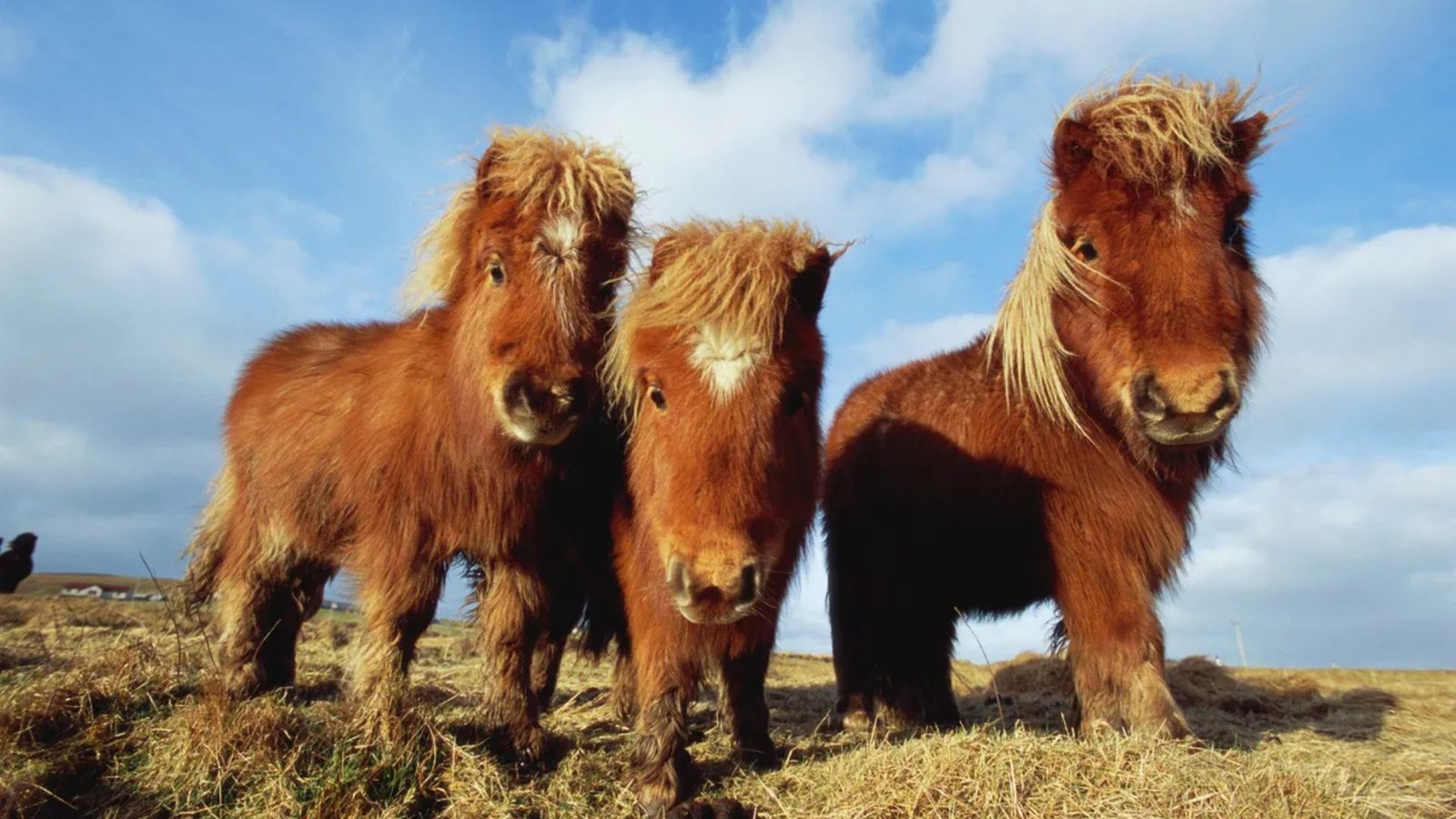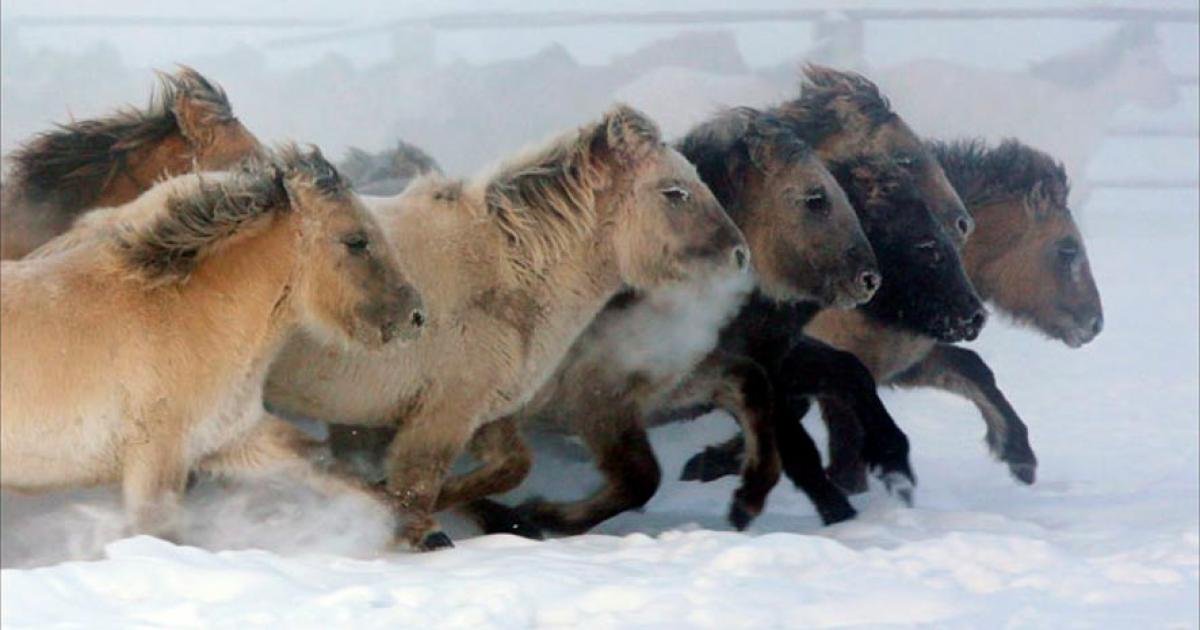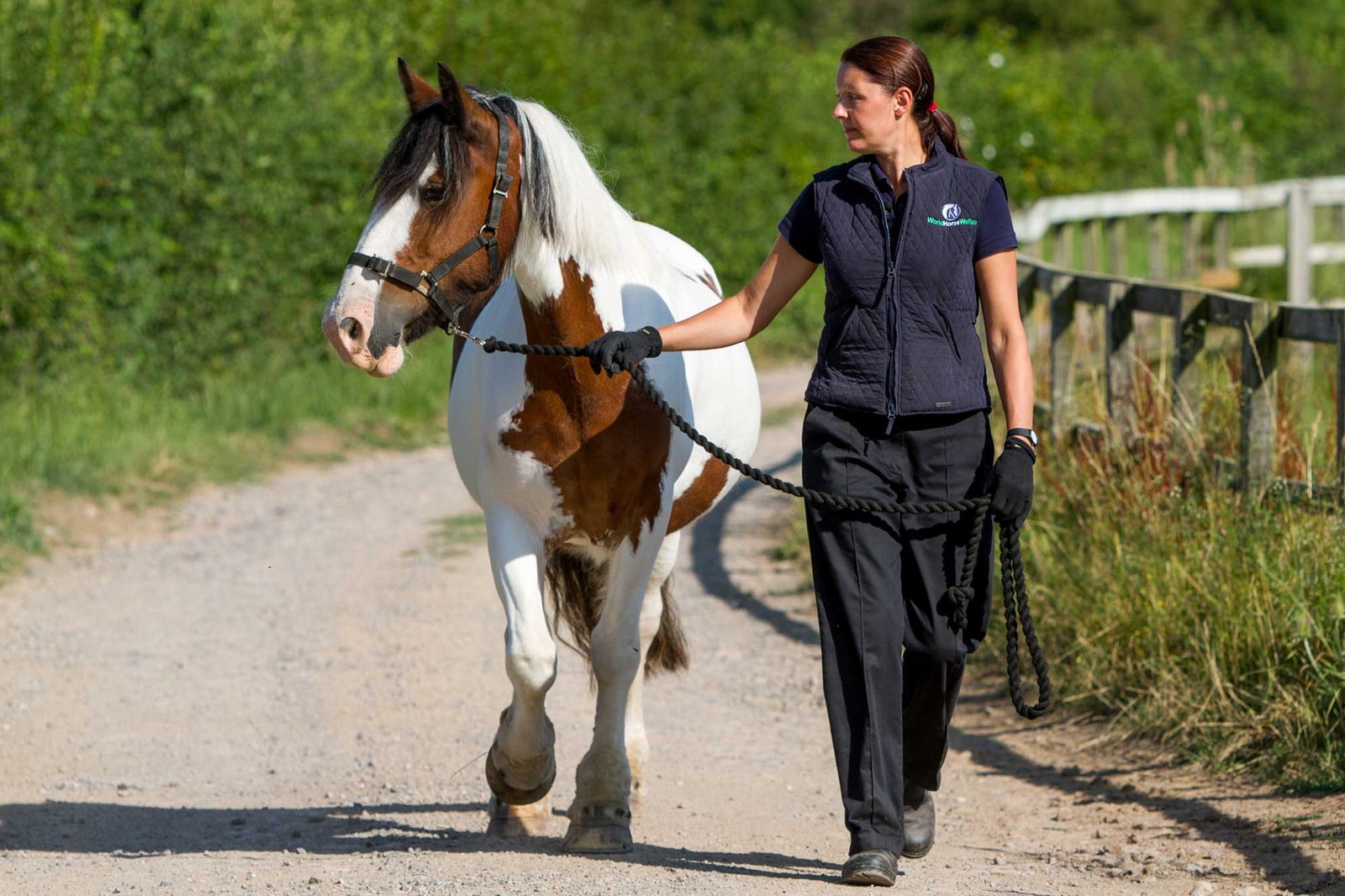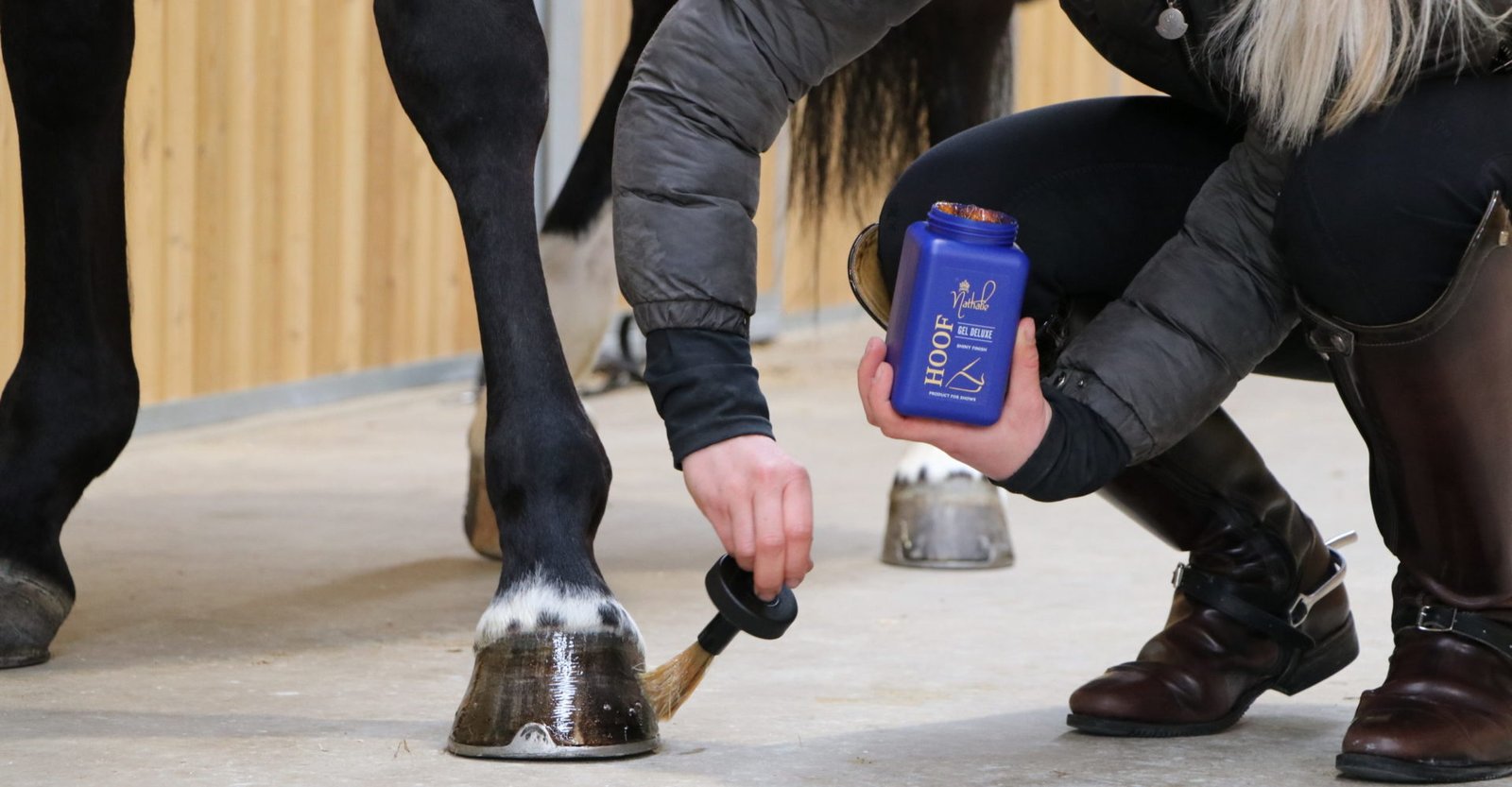Ponies and horses are both members of the equine family, but they are not the same. While many people use the terms interchangeably, ponies and horses differ in size, temperament, care needs, and more. Whether you’re considering owning one or are simply curious, this guide explains the key differences between ponies and horses in detail.
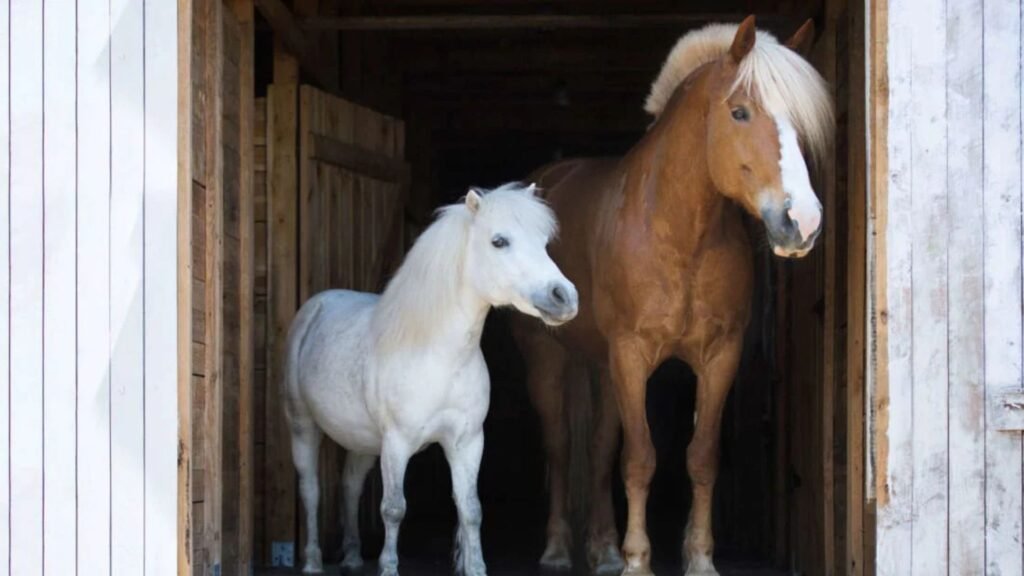
Size and Height
The most obvious distinction between ponies and horses is their size.
- Ponies: Ponies are generally shorter, measuring under 14.2 hands (58 inches or 147 cm) at the withers (the ridge between their shoulder blades).
- Horses: Horses are taller, standing 14.2 hands or more. Some breeds, like the Shire, can exceed 18 hands.
Body Structure
Ponies and horses have notable differences in their physical builds.
- Ponies: Ponies tend to have a stockier build with shorter legs, thicker necks, broader chests, and denser bone structures. They are often more muscular relative to their size.
- Horses: Horses have a more refined and elongated build, with longer legs and a leaner frame.
Temperament and Behavior
Temperament is another area where ponies and horses differ.
- Ponies: Ponies are known for their intelligence and independence, but they can also be strong-willed. They require experienced handlers, as their cleverness can sometimes make them mischievous.
- Horses: Horses are generally more docile and willing to please, though this varies by breed and individual personality.
Lifespan
Both ponies and horses have long lifespans, but ponies often live longer.
- Ponies: Ponies can live well into their 30s or even 40s with proper care.
- Horses: Horses typically live 25–30 years, though some breeds may reach their mid-30s.
Strength and Work Capacity
Ponies and horses differ in their strength relative to their size.
- Ponies: Despite their smaller size, ponies are incredibly strong. They are often used for pulling heavy loads or carrying weight disproportionate to their stature.
- Horses: Horses are powerful too, especially larger breeds, but they don’t have the same strength-to-size ratio as ponies.
Diet and Feeding Requirements
Dietary needs vary between ponies and horses due to their size and metabolism.
- Ponies: Ponies have slower metabolisms and require less food relative to their body weight. Overfeeding can lead to obesity and health issues like laminitis.
- Horses: Horses have higher metabolic rates and need more food to maintain their energy levels.
Adaptability to Harsh Environments
Ponies and horses have different levels of adaptability, largely due to their evolutionary history.
- Ponies: Ponies evolved in rugged environments, making them hardy and resilient. They can thrive in colder climates and are better suited to sparse grazing.
- Horses: Horses, while adaptable, often require more care in extreme conditions, such as blankets in cold weather or shelter during storms.
Grooming and Maintenance
Both ponies and horses require grooming, but ponies are generally easier to manage.
- Ponies: Their smaller size makes ponies easier to groom and handle. However, their thick coats require attention, especially in winter when they grow a dense, insulating coat.
- Horses: Horses’ larger size means grooming takes longer. Their thinner coats are easier to maintain but may require additional protection in colder climates.
Uses in Riding and Work
The roles of ponies and horses often vary based on their size and abilities.
- Ponies: Ponies are commonly used for children’s riding lessons, cart pulling, and smaller work tasks. Their size makes them ideal for young or novice riders.
- Horses: Horses are used in a wider range of activities, from competitive sports like dressage and show jumping to ranch work and long-distance riding.
Cost of Ownership
Owning a pony is generally less expensive than owning a horse.
- Ponies: Ponies require less food, smaller tack, and have lower maintenance costs overall.
- Horses: Horses are more expensive to feed and care for due to their larger size and higher needs.
Conclusion
While ponies and horses share many similarities, their differences make each uniquely suited for specific roles and types of owners. Ponies are smaller, sturdier, and more economical, making them great companions for children or those with limited space. Horses, with their larger size and versatility, are ideal for adults and competitive riders. Understanding these distinctions can help you make the right choice for your needs and ensure you provide the best care for your equine companion.







